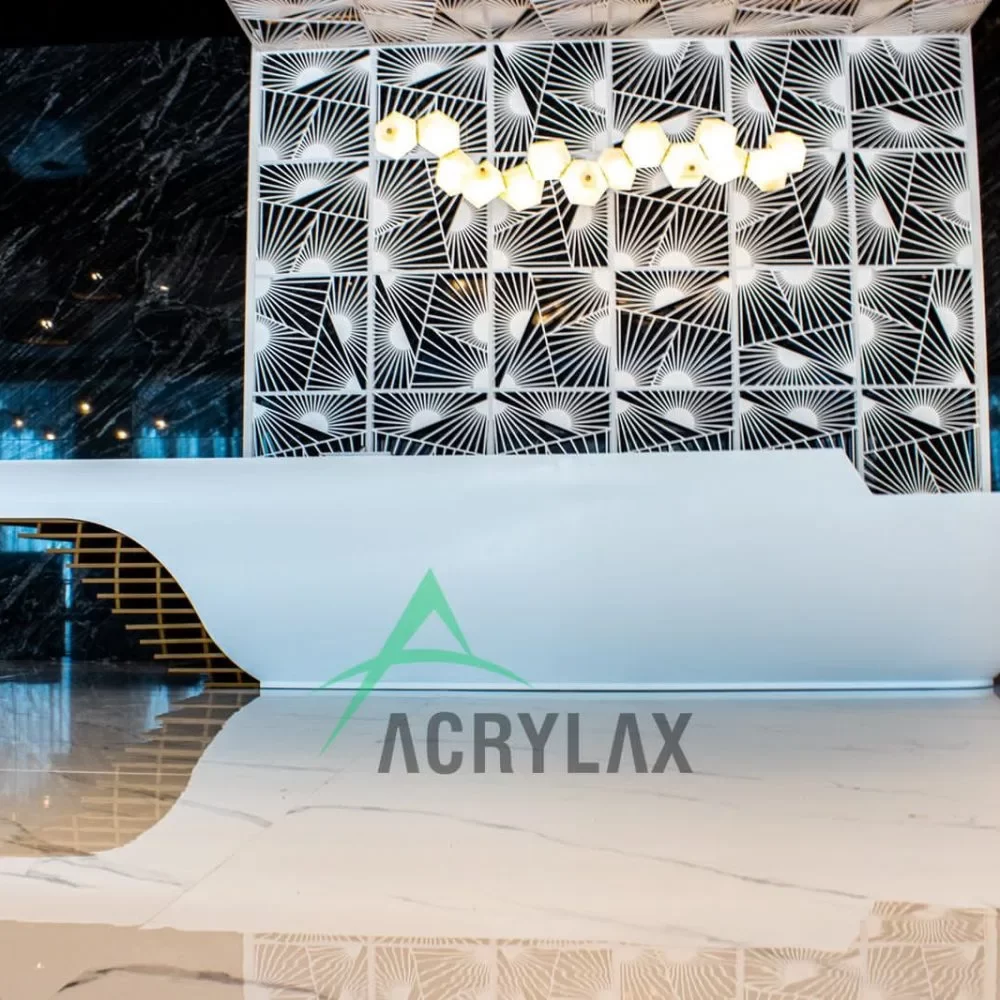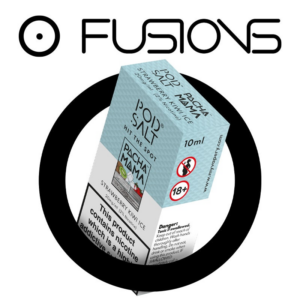DIY Corian Repair Tips For Homeowners
2 min read
Corian solid surfaces are renowned for their durability and elegance, but even the toughest materials can occasionally suffer from scratches, chips, or stains. Fortunately, Corian is designed to be repairable, and homeowners can tackle many minor issues themselves. Find here some practical DIY tips to help you Corian repair.
Scratch removal:
Light scratches: For light scratches, a simple cleaning and buffing process can often do the trick. Begin by cleaning the scratched area with a mild soap and water solution to remove any dirt and debris. Once clean, use a non-abrasive pad or a soft cloth with a fine abrasive cleaner. Gently rub the scratched area in a circular motion until the scratch fades. Rinse and dry the area thoroughly.
Deep scratches: Deeper scratches may require more intensive sanding. Start with 400-grit sandpaper and sand the scratched area using a circular motion. Gradually move to finer grits, such as 600 and 800, to smooth the surface. After sanding, use a polishing compound and a soft cloth to restore the shine. Always ensure to clean and dry the area between each sanding step.
Repairing ships and cracks:
Small chips: To repair small chips, you’ll need a color-matched Corian repair kit, which includes epoxy or adhesive and colorant. Clean the chipped area thoroughly, ensuring it is dry and free from dust. Mix the epoxy and colorant according to the manufacturer’s instructions, and carefully apply it to the chip using a small spatula or a toothpick. Smooth the surface and allow it to cure completely, then sand and polish as needed.
Cracks: Cracks require a bit more attention. Begin by cleaning the crack and the surrounding area. If the crack is minor, you can fill it with a color-matched epoxy from a repair kit. For larger cracks, it may be necessary to create a V-groove along the crack with a router to ensure the epoxy fills the space thoroughly. Apply the epoxy, allow it to cure, then sand and polish the area.
Stain removal:
General stains: For general stains, use a non-abrasive household cleaner or a mixture of baking soda and water. Apply the cleaner with a soft cloth, rubbing gently in a circular motion. Rinse thoroughly and dry the surface. For tougher stains, a diluted bleach solution (one part bleach to ten parts water) can be used, but be assured to rinse well to avoid any discoloration.
Persistent stains: Persistent or tough stains may require more aggressive cleaning. Use a mildly abrasive cleaner with a non-abrasive pad. Scrub the stained area gently but firmly, then rinse and dry. Avoid using harsh chemicals or abrasive pads that could damage the surface further.



